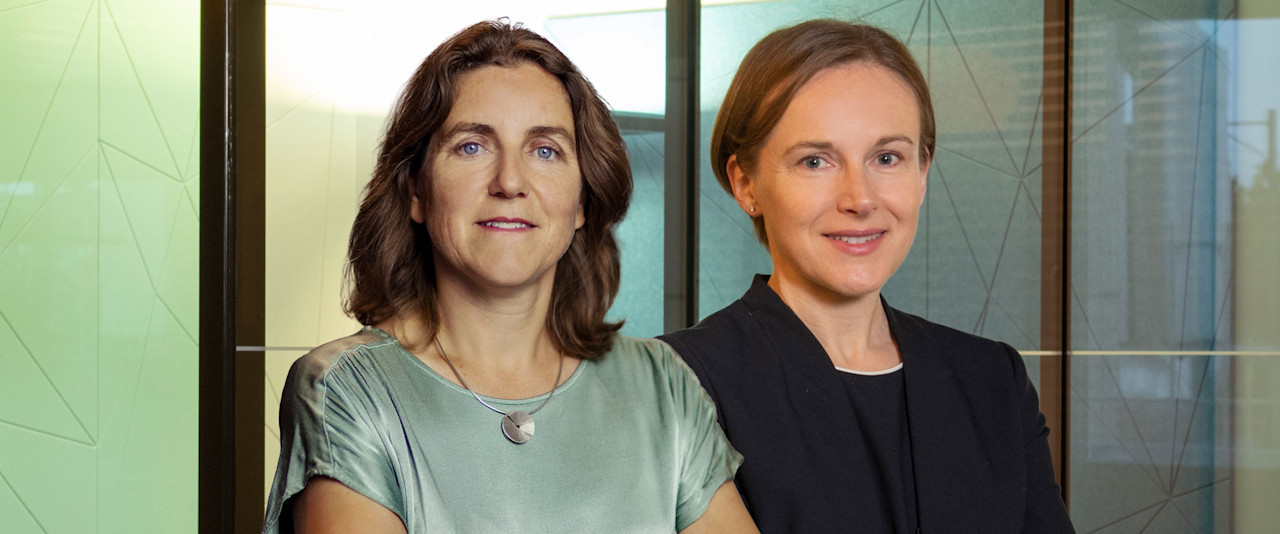The Task Force on Climate-related Financial Disclosures (TCFD) was founded by the G20 Financial Stability Board in 2015 to provide information about how companies are mitigating their climate change risks. It is chaired by data terminal pioneer and former New York City Mayor Michael Bloomberg.
Its original aim was to assess the climate risks and opportunities facing companies and organizations, and how they impact business models and financial statements. The focus of its recommendations in 2017 aimed to enable markets to price in climate risk and thereby ensure efficient capital allocation.
In 2021, the TCFD updated guidance which embraced double materiality – the impact that a company has on the world, and the impact that the world has on a company. This version focuses not only on climate-related financial risks and opportunities, but also on the alignment of companies and investors with the Paris Agreement.
From voluntary to mandatory
Reporting to meet the disclosures was originally voluntary, but in 2021 the G7 recommended that it become mandatory for larger companies. In 2022, the UK became the first country to make disclosures compulsory for companies with more than 500 employees, and will expand it to the whole stock market by 2025.1
In the EU, the Sustainable Finance Disclosure Regulation (SFDR) requires companies to disclose their Principal Adverse Impact (PAI) indicators including emission statements from January 2023. While the TCFD is being dealt with on a national level, and is typically managed by a country’s financial market regulators, investors use the TCFD to meet the SFDR, while companies use it to meet the EU’s Corporate Sustainability reporting Directive (CSDR).
Both the SFDR and the TCFD now require investment managers to make climate-related disclosures at the entity level for the investee company. Robeco fully supports this kind of disclosure as part of a long commitment to sustainable investing and strategies and was an early backer of the TCFD.

Companies have increasingly embraced disclosure. Source: TCFD.
In the wake of Paris
The TCFD was set up shortly after the Paris Agreement was launched in 2015, partly in response to complaints that data about emissions was either completely lacking, or was unreliable and incomplete. The Task Force consists of 31 members from across the G20, representing both data providers – including some of the largest companies in the world – and the global investors who will use the information.2
In 2017, the TCFD released four climate-related financial disclosure recommendations designed to help companies provide better information that can be included in their mainstream filings. These cover a company’s governance, strategy, risk management, and climate metrics and targets:3
Governance: Disclose the organization’s governance around climate-related risks and opportunities
Strategy: Disclose the actual and potential impacts of climate-related risks and opportunities on the organization’s businesses, strategy, and financial planning where such information is material
Risk Management: Disclose how the organization identifies, assesses, and manages climate-related risks
Metrics and Targets: Disclose the metrics and targets used to assess and manage relevant climate-related risks and opportunities where such information is material.
The number of companies committing to the TCFD has risen exponentially from 513 with a combined market capitalization of USD 8 trillion in 2018 to 2,616 with a market cap of USD 25 trillion in 2021. The number of investors backing it has likewise risen to more than 1,000 representing USD 194 trillion in assets under management.4
See also




















